The "ghost island" in the middle of the Japanese sea became a UNESCO world cultural heritage
Japan's famous and terrifying desert island was honored by UNESCO as a World Cultural Heritage. To do that, of course, is a constant effort
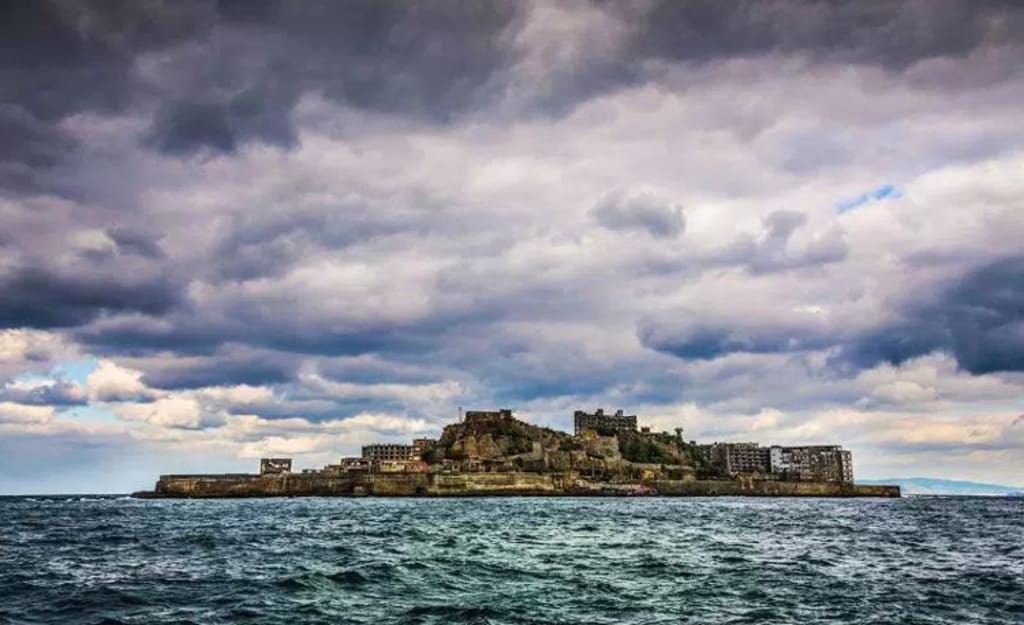
Japan is a country of scenery, culture and cuisine, with countless factors that attract tourists. Among them is a location off the coast of Nagasaki, which was once used as the setting for a movie by James Bond "Agent 007". That is the "ghost island" Hashima - or Gunkanjima.
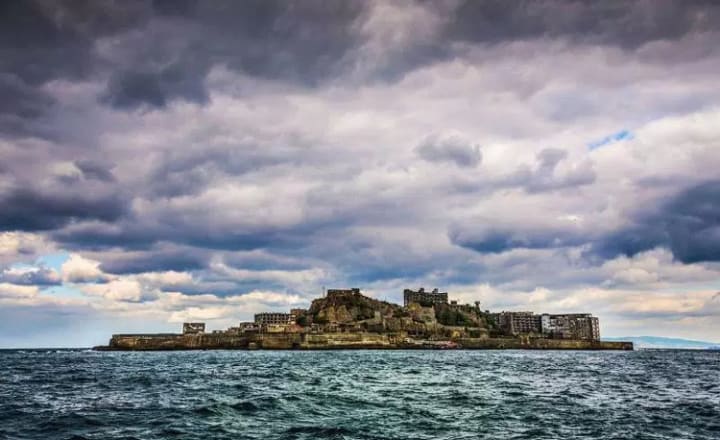
Perhaps many people have heard of the island's name, which is associated with mystery and magic. However, this very island was recognized by UNESCO as a World Cultural Heritage in 2015. You will know the reason why below.
The island is associated with a historical period
About 15km from Nagasaki city is an abandoned island, uninhabited but steeped in mysteries. Hashima Island, once a mecca for marine coal mining, is a clear representation of Japan's rapid industrialization.
In fact, this island is also known as Gunkanjima (meaning Battleship Island), the reason it has such a name is because the shape of this island is very similar to a Japanese battleship. Historically, Hashima Island officially operated as a coal mining base from 1887 until 1974.
However, when coal reserves began to deplete and oil began to replace coal, the island was forced to close and its inhabitants left.
Perhaps many people have heard of the island's name, which is associated with mystery and magic. However, this very island was recognized by UNESCO as a World Cultural Heritage in 2015. You will know the reason why below.
The island is associated with a historical period
About 15km from Nagasaki city is an abandoned island, uninhabited but steeped in mysteries. Hashima Island, once a mecca for marine coal mining, is a clear representation of Japan's rapid industrialization.
In fact, this island is also known as Gunkanjima (meaning Battleship Island), the reason it has such a name is because the shape of this island is very similar to a Japanese battleship. Historically, Hashima Island officially operated as a coal mining base from 1887 until 1974.
However, when coal reserves began to deplete and oil began to replace coal, the island was forced to close and its inhabitants left.
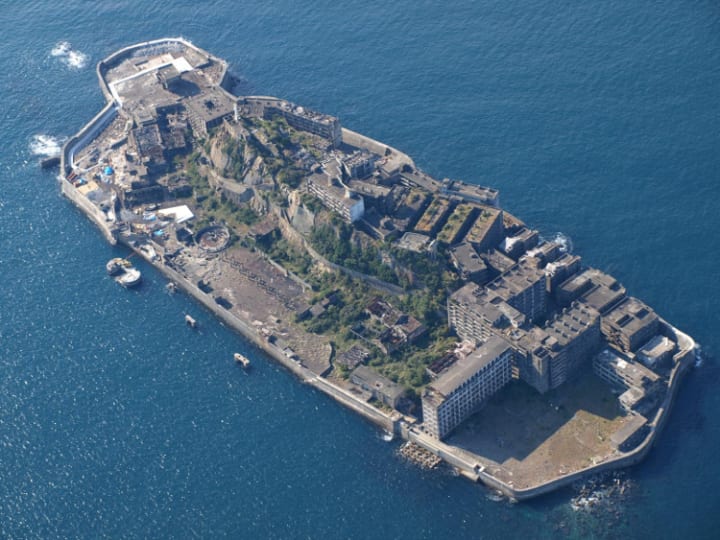
At that time, Gunkanjima was the main source of fuel for the giant Yawa steel factory, so a huge source of labor was needed. With an area of only 6.3 hectares, Gunkanjima has up to 71 buildings, skyscrapers, and coal mine lines.
At its peak in 1959, the island was once the most crowded place in the world, so cramped that more than 5,000 people had to squeeze into a building with an area of about 0.16 square kilometers.
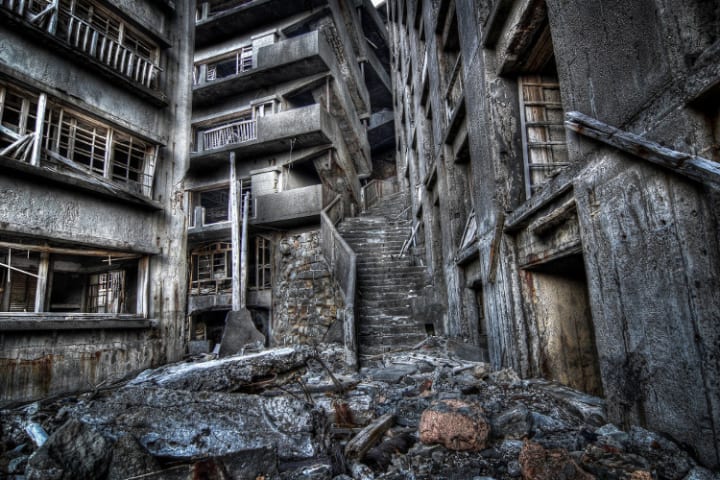
With the purpose of becoming a settlement for workers, Gunkanjima Island lacks nothing, except... a cemetery. Schools, playgrounds, gyms, cinemas, bars, restaurants... even temples and shrines to the gods.
However, in the late 1960s, the Japanese economy suddenly skyrocketed with the invasion of oil. The coal mines gradually went into oblivion, and in early 1974, Mitsubishi announced the closure of Gunkanjima island.
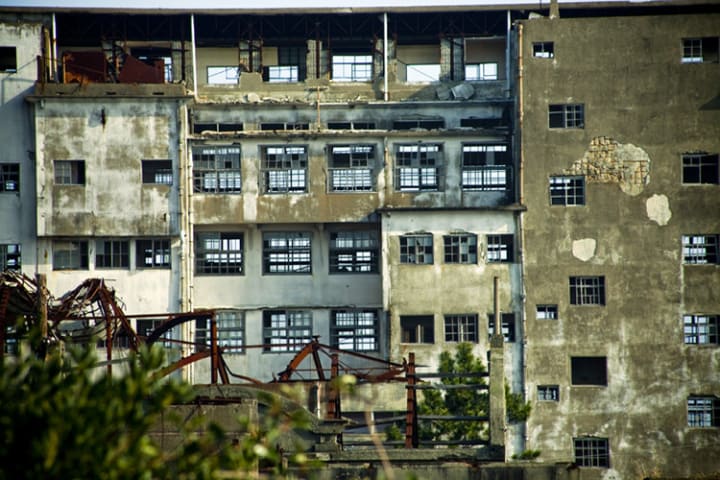
One day in mid-April 1974, when the last islanders boarded boats to return to Nagasaki, the island was officially abandoned. Today, "ghost island" is the name people remember most when mentioning this island.
An island with symbolic meaning
Before oil became the nation's energy mainstay, coal was the main fuel and Gunkanjima was an important symbol of the miraculous era of industrialization.
In 2001, Mitsubishi donated Hashima Island to Takashima town, then in 2005 it officially belonged to Nagasaki.
Since that year, the city began implementing a tourism promotion campaign for the island: allowing journalists to go to the island, restoring the wharf for tourism, and renovating some degraded areas. Buildings that are too old and unsafe are prohibited from entering.
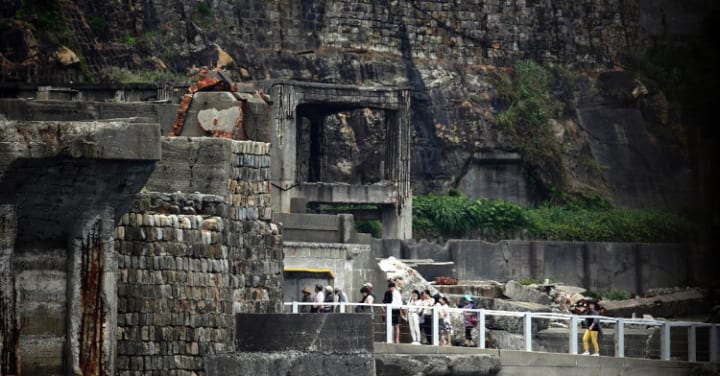
And then their efforts paid off. In July 2015, UNESCO officially recognized the "battleship" island as a world cultural heritage. It's a worthy recognition for a place steeped in the history of the industrial and manufacturing era.
The world needs to know that Japan is a country that is always innovative and creative in terms of technology. It is also a solution that motivates people to always explore and innovate, like the way this country is still doing.
About the Creator
HK Decor
Telling stories my heart needs to tell <3 life is a journey, not a competition
If you like what you read, feel free to leave a tip,I would love some feedback
https://sites.google.com/view/hk-decor/trang-ch%E1%BB%A7
Enjoyed the story? Support the Creator.
Subscribe for free to receive all their stories in your feed. You could also pledge your support or give them a one-off tip, letting them know you appreciate their work.






Comments (3)
Everything is so interesting, thank you for sharing
Everything is so interesting, thank you for sharing
Everything is so interesting, thank you for sharing